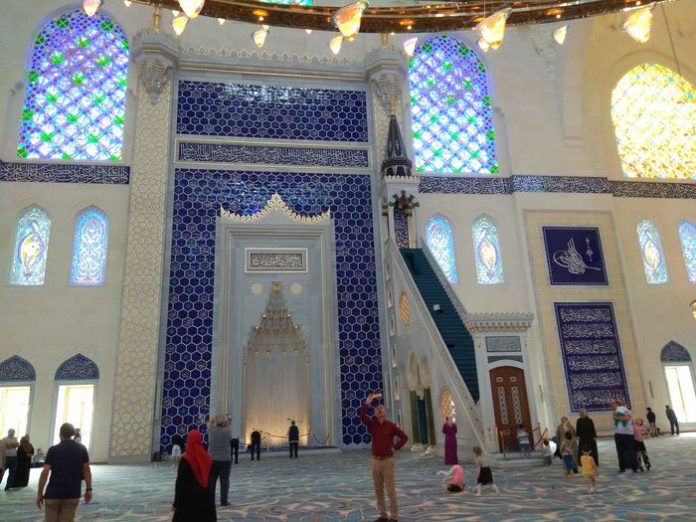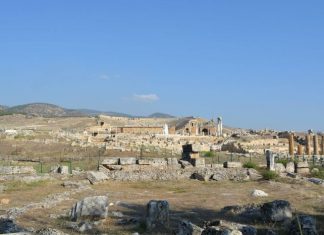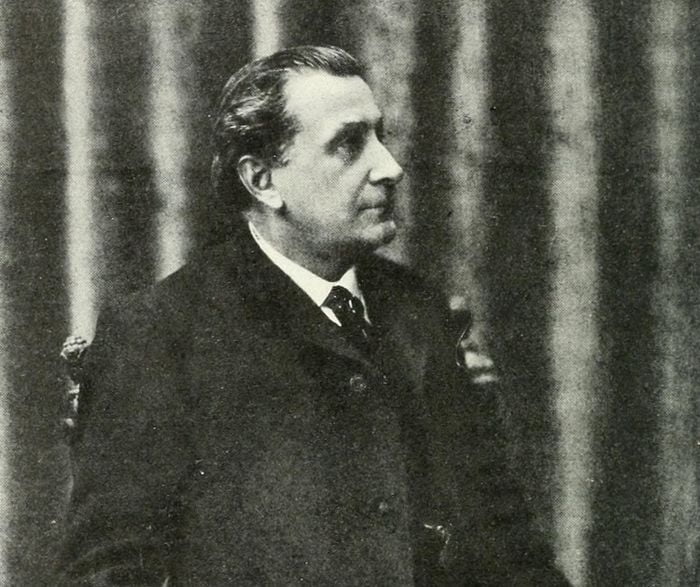“Dus ve Gercek Troia”
Exhibition Overview
“Dus ve Gergek Troia” unfolds across 486 pages, presenting a monumental collection of Troy artifacts sourced from various museums in Germany and other nations. Printed on high-quality glazed paper and measuring 30 cm. x 24 cm., the book serves as a testament to the exhibition’s significance. Its back cover echoes a poignant plea: “These works wait to be exhibited in a modern Troy museum in Turkey.” While a call tinged with tragedy, it underscores the reality of a shared heritage Read More about Distinctive Symbols on Ottoman Tombstones. The hope lingers for the creation of a museum in Troy where these artifacts, currently held by antiquity merchants, can return to their rightful home.
A Harrowing Reality
The exhibition brings to light the distressing extent of Troy’s pillaging. Participating countries in the exhibition, contributing from their collections, include Belgium, Bulgaria, Germany, France, Britain, Georgia, Italy, Yugoslavia, Austria, Switzerland, Spain, Turkey, Vatican, and the Republic of China. Germany, notably, leads in lending artifacts, reflecting its historical ties to Troy through Heinrich Schliemann, a German archaeologist credited with initiating the excavations Sightseeing Tours Turkey.
Presidential Endorsements and Prefaces
The prefaces of the book, solidifying its status as a literary masterpiece, bear the signatures of President Ahmet Necdet Sezer of Turkey and President Johannes Rau of Germany. With nearly 2,000 photos and drawings, the book stands as a comprehensive documentation of an exhibition that began in Stuttgart on November 17, 2001, continued in Braunschweig, and concluded in Bonn on February 17, 2002. The collaborative effort of experts in the field ensures the book’s status as a significant contribution to libraries worldwide.








